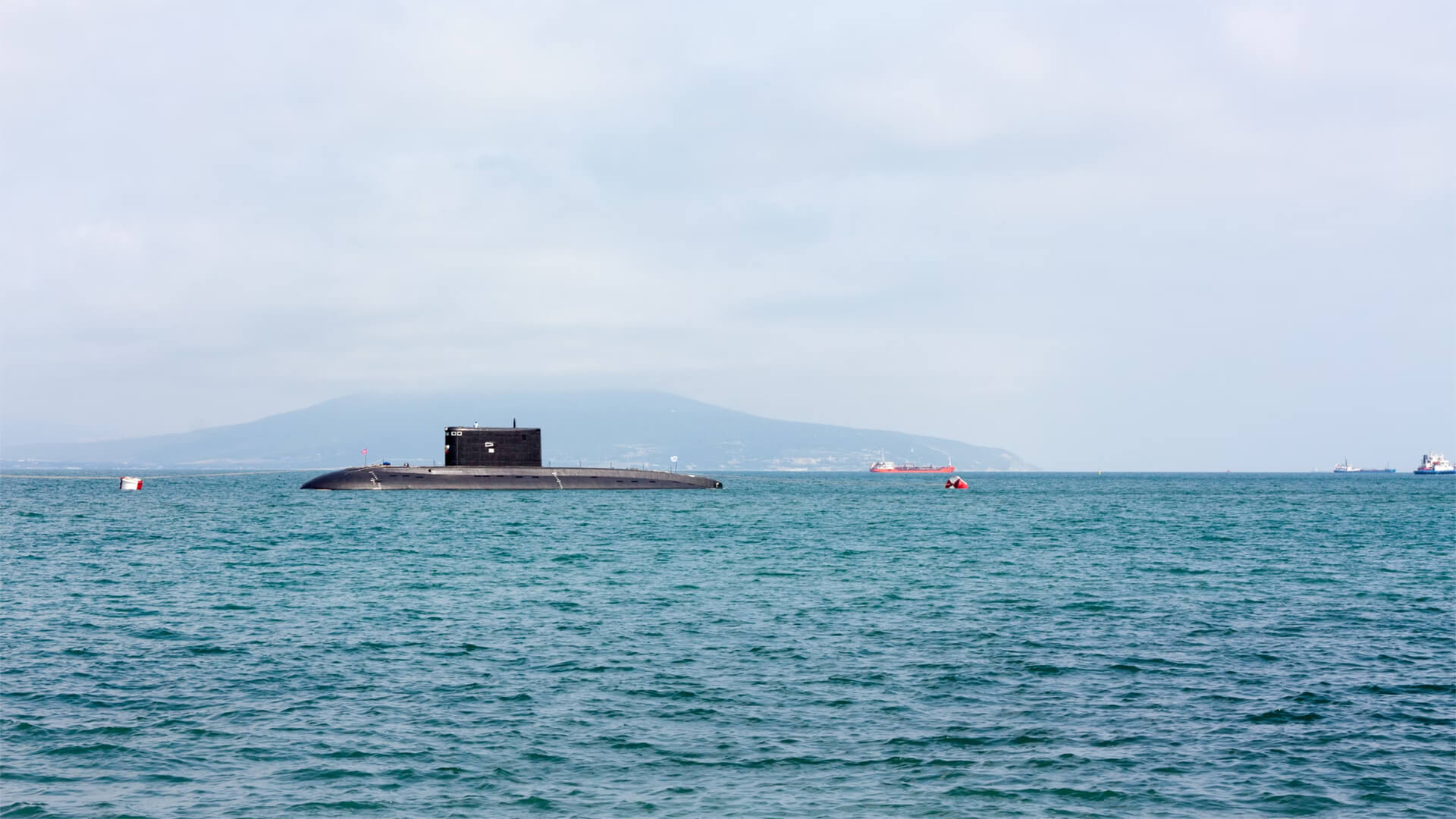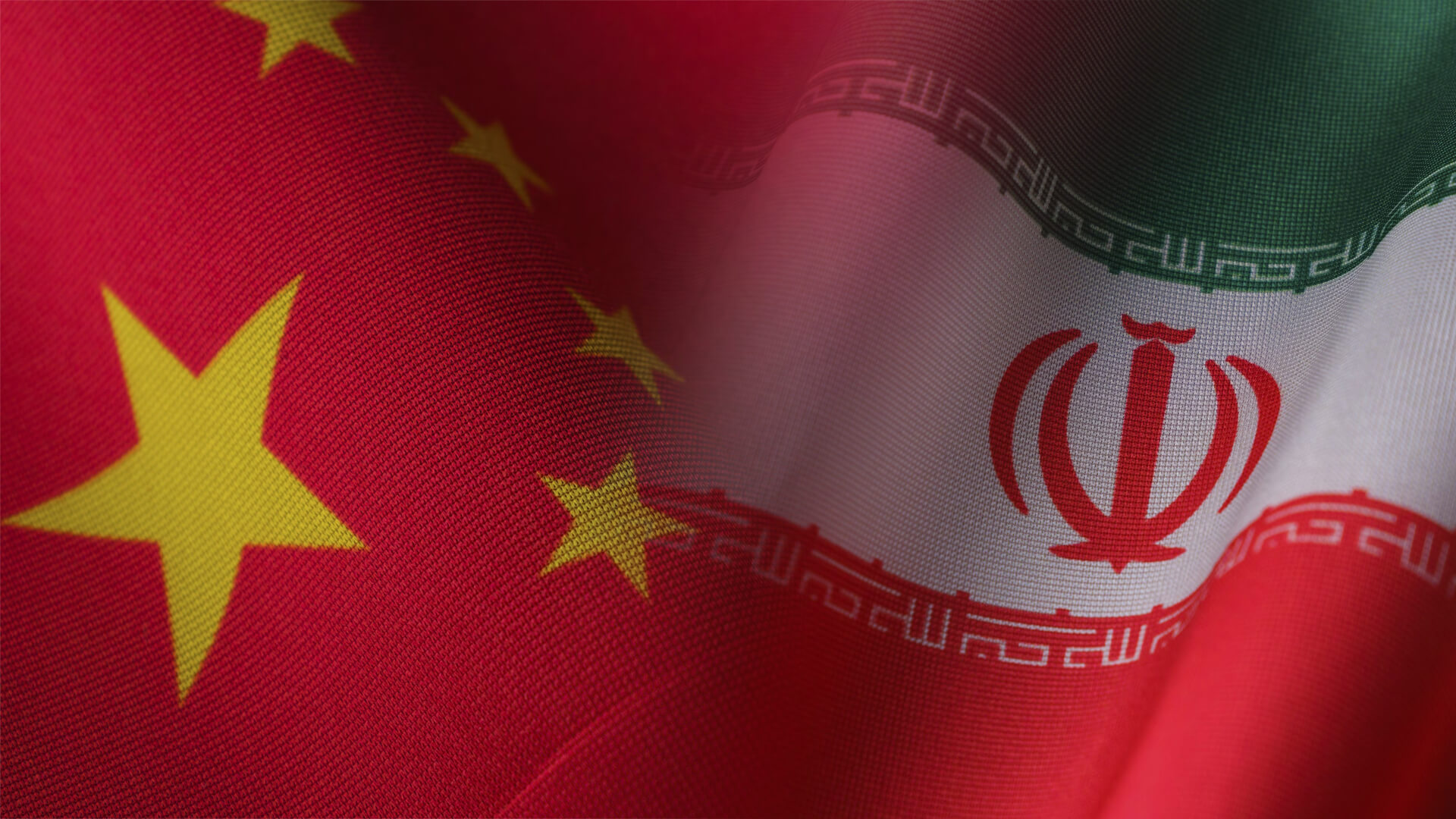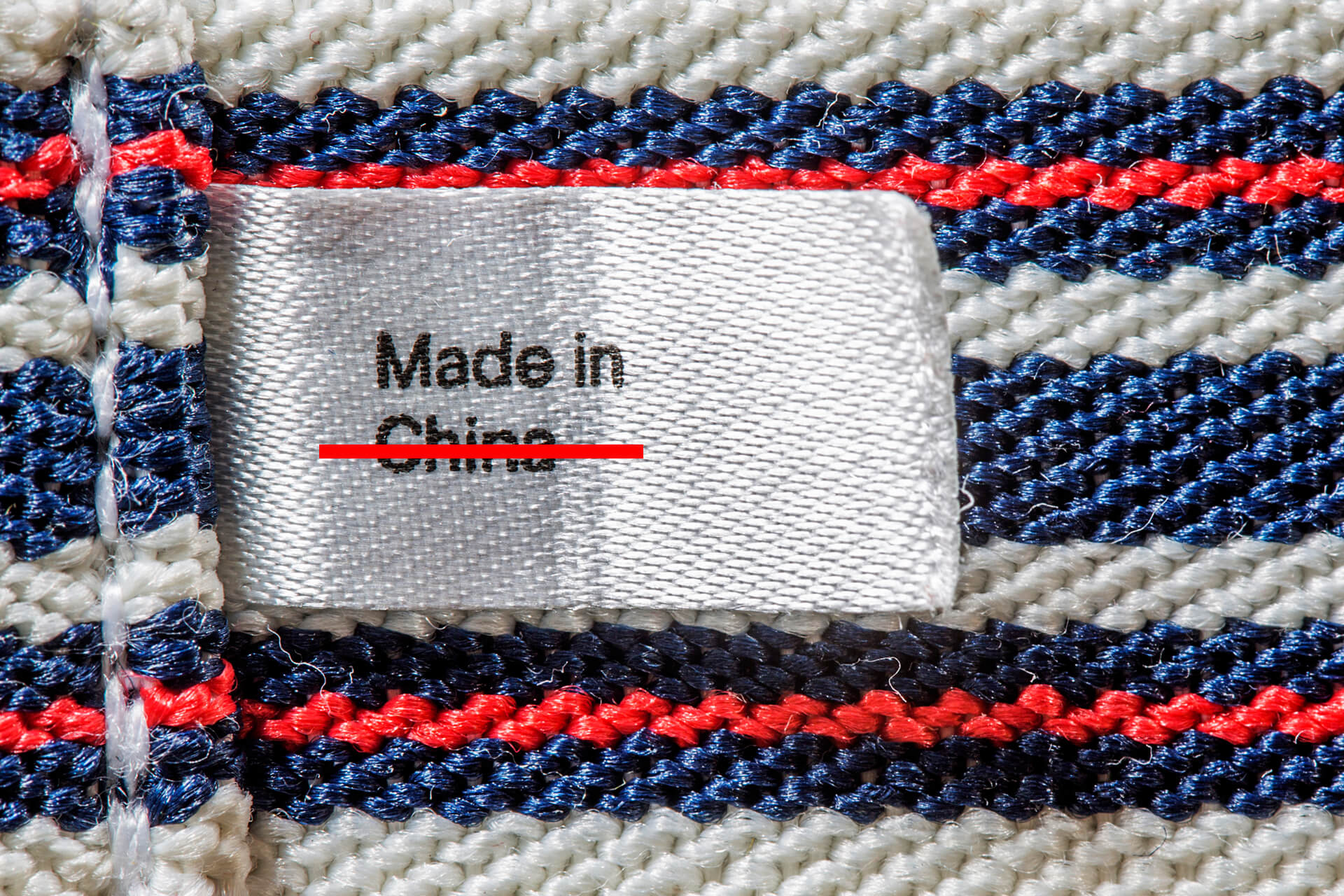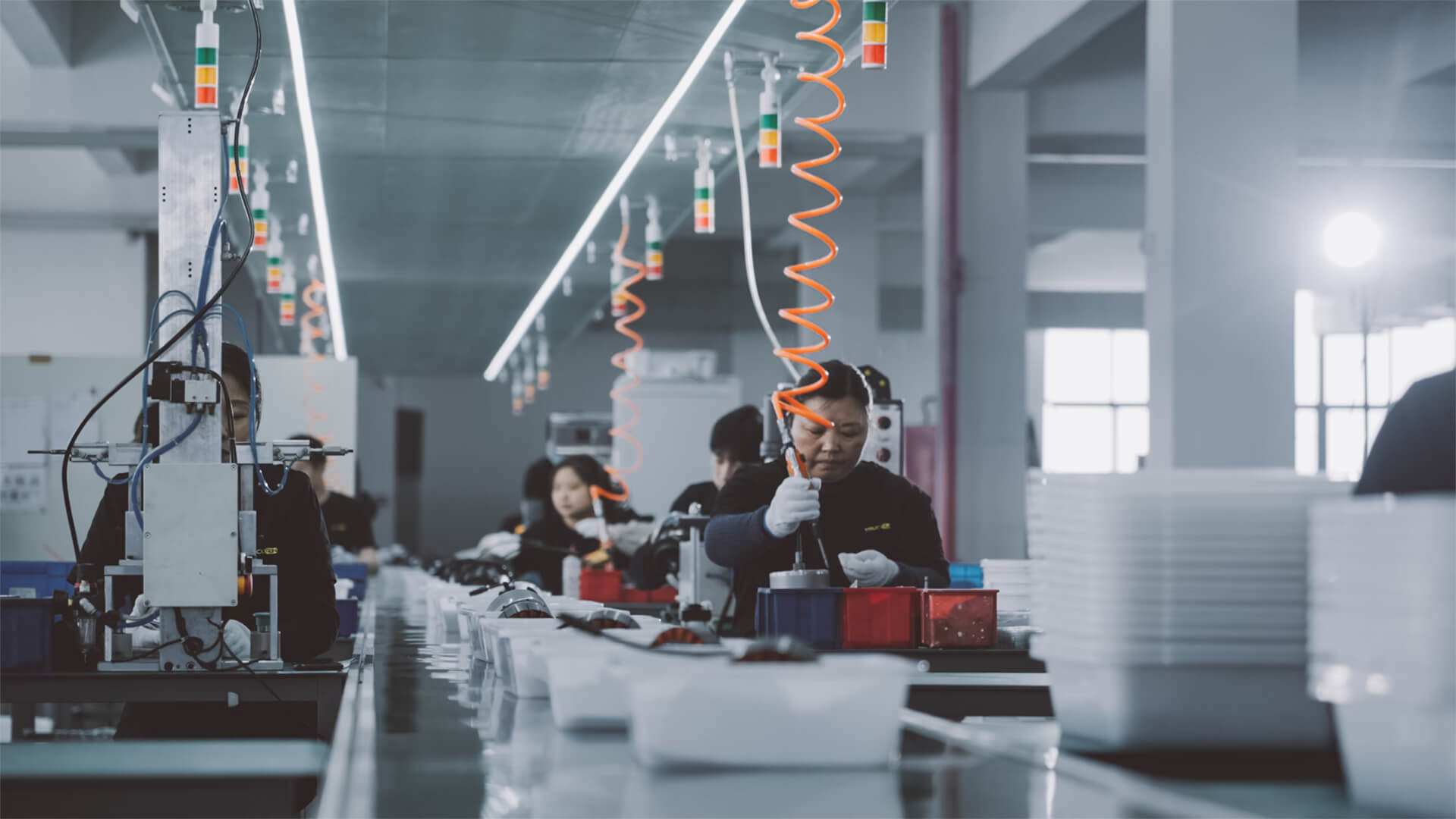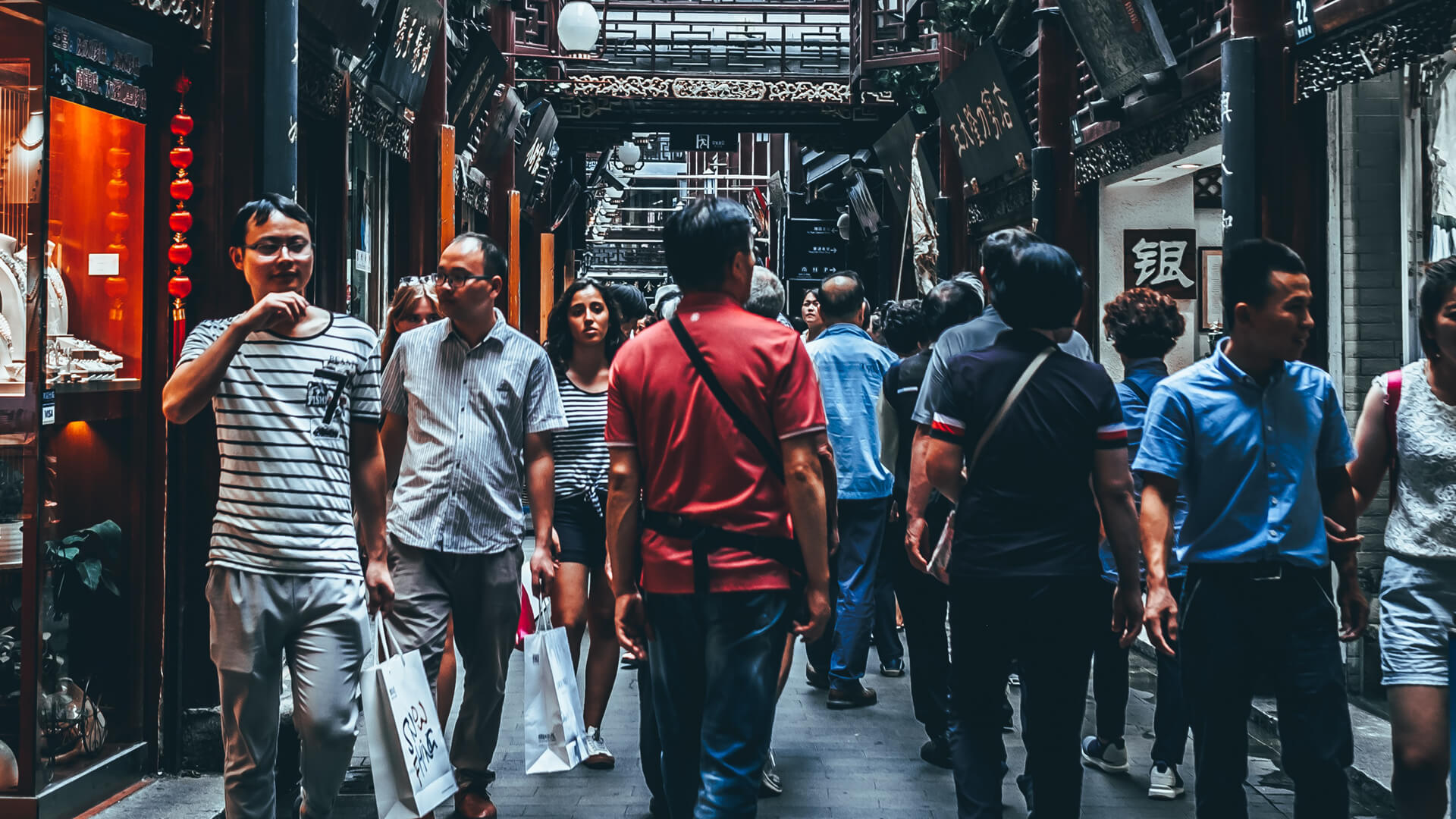I often hear rumblings of China’s naval power, but one of the many reasons I pay no mind is the first island chain. This is a line of islands stretching from Japan through Taiwan and the Philippines down to Indonesia, Malaysia, and Singapore. And China has very little chance of breaking through that chain…here’s why.
China would have to occupy and pacify Taiwan and the Philippines’ Luzon. Then the Chinese would have to defeat Japan, which is laughable to even entertain. But let’s say China magically pulls that off, they’re still facing demographic collapse, dependance on imported materials, and trying to maintain global sea access. And of course, the US would withdraw protections from Chinese commercial shipping. Oh, and don’t forget the regional powers who would step in and ensure that China was contained.
Long story short, I’m not worried about China breaking through the first Island chain.
Transcript
Hey all Peter Zeihan here coming to you from Colorado. Today we are taking a question from the Patreon crowd specifically. It’s about the first island chain and whether I think that can be the basis of an alliance that does not involve the United States to contain, the Chinese. Good question. For those of you who are not familiar with the strategic geography of the Western Pacific, the first island chain is a long line of populated islands that basically parallel roughly the entire coast.
So Japan in the north, Taiwan and the Philippines in the center, Indonesia, Malaysia and Singapore in the south. And the reason that the Chinese stress about the first island chain is that there’s no obvious place for the Chinese to achieve naval breakout and project to the rest of the world. To this day, the United States counts basically all the members of the first island chain, except for Malaysia as firm allies.
And Malaysia is obviously a robust trading partner. And so the Chinese have basically lost the opportunity to even attempt a breakout in any meaningful way. And most Chinese naval strategy is about how to punch through the first island chain and get beyond. The question, of course, is whether or not this can happen without the United States. And the short answer is yes, it’s pretty easy.
Two things. Number one, achieving a temporary breakout for the Chinese achieves nothing. Let’s say that they are able to break through between the Philippines and Taiwan, for example. There’s a fairly big gap there. Okay. They’ve now made it out into the wider Pacific. But all their supply lines run through that break. So the Chinese don’t simply need to get a fleet out.
They then need to keep the break open. And the only way to do that is to occupy the entire approach to and from that break, which in this case would mean the occupation and pacification of the Filipino island of Luzon, which is where the majority of the population lives in the Philippines, as well as the entirety of Taiwan. If they can do that, then they have a way in and out. Problem one that’s really hard and that’s probably the softest place in the chain.
Problem two because of the presence of Taiwan right off the coast, they can’t just do this in one location. Southern China requires a breakout in the Southwest Pacific. Northern China requires a breakout in the Northwest Pacific, which means you’re not just occupying Taiwan and Luzon.
You now also have to get the Japanese home islands. All of a sudden, you’re talking about a completely different sort of fight against a much more capable foe, that is much better able to defend itself. Otherwise, you might have a breakout for Shanghai, or you might have a breakout for Beijing, but you need both. That is the only way that China can survive in a world that has turned hostile.
Problem three let’s say they do that. Not likely, but let’s say they do. So China is a country in demographic collapse. It lacks the consumption to produce what it needs. China is a country that is starved of raw materials. It has to import them almost first and foremost, including energy foods up there, too. So China doesn’t simply need to achieve breakout, it needs to achieve sea dominance on a global basis in order to access the world’s raw materials and end consumer markets.
And, you know, I don’t know about you, but if a country starts conquering countries simply in order to get naval access for what? It’s commercial shipping, that’s a bad plan. So the very act of achieving a degree of security control over its near abroad pretty much ends any opportunity the Chinese would have for economic access to the wider world.
One of the problems that the Chinese face, one of the issues that everyone who assumes that the Chinese are on this endless rise forgets, is that the Chinese economic system is utterly dependent upon freedom of the seas, and the only country on the planet who can guarantee freedom of the seas is the United States. Probably the best way to guarantee that the United States will stop protecting your civilian shipping is to start conquering other countries.
So for this scenario to work for the Chinese, the United States not only has to say bygones and go home and cut all of its alliances and cease importing and exporting on a global basis. You then also have to have no one else trying to rise to that position, and the Chinese would have to conquer functionally the entire first island chain, which is an area with a combined population of roughly 300 million, I think maybe close to 400 million now that I’m thinking about it.
And that’s just to achieve step one of a global breakout. So would an alliance of the first island chain be enough to stop them? Absolutely. Wouldn’t the alliance be needed now because the Chinese simply are incapable of taking on the whole thing, and taking on the whole thing would be the first step of getting to places like, I don’t know, the Persian Gulf.
And along the way they would come across countries that are not part of the island chain, which could also wreck the entire thing. Australia, Vietnam and India being the big three. So this this firmly goes under the list of things the Peters Island doesn’t worry about.

